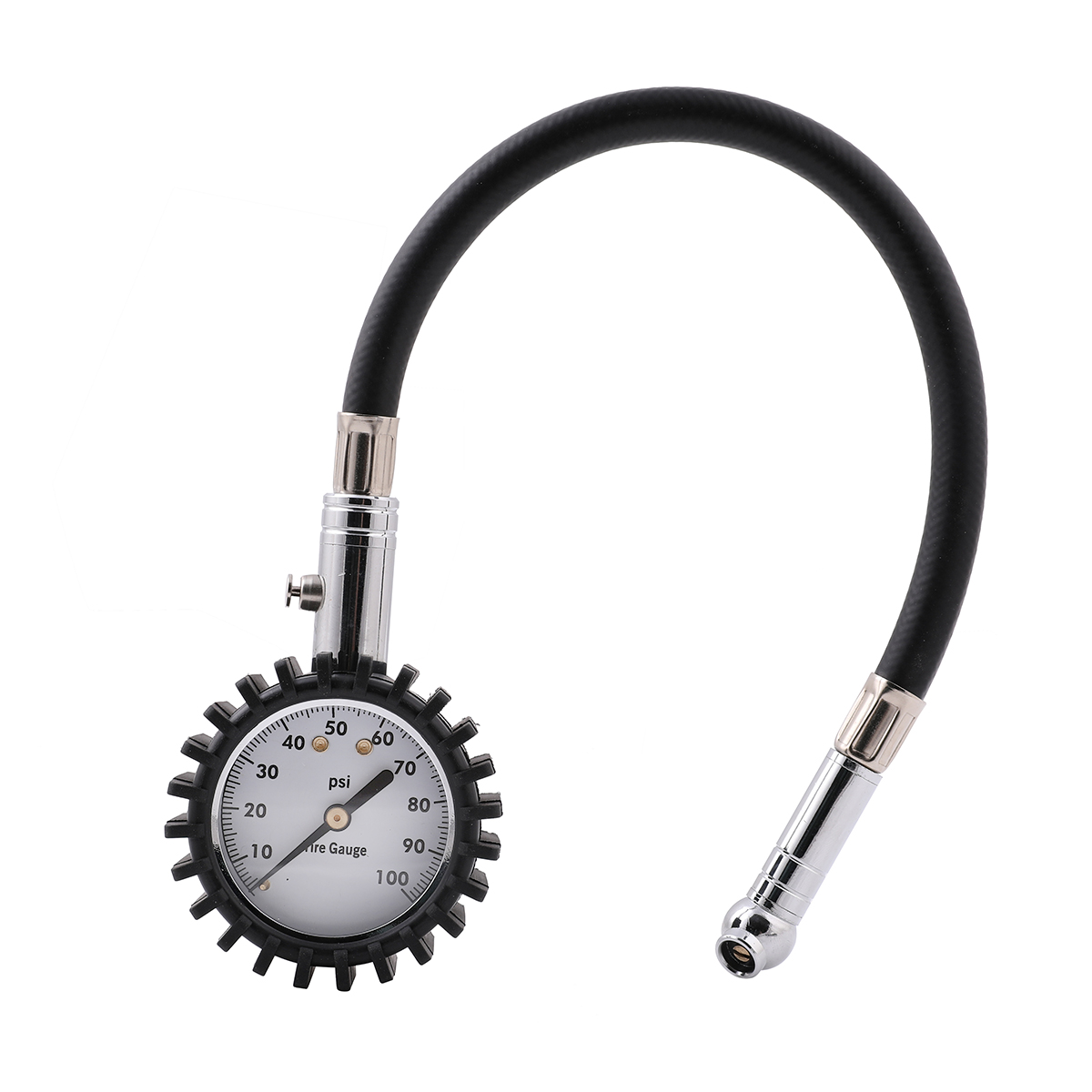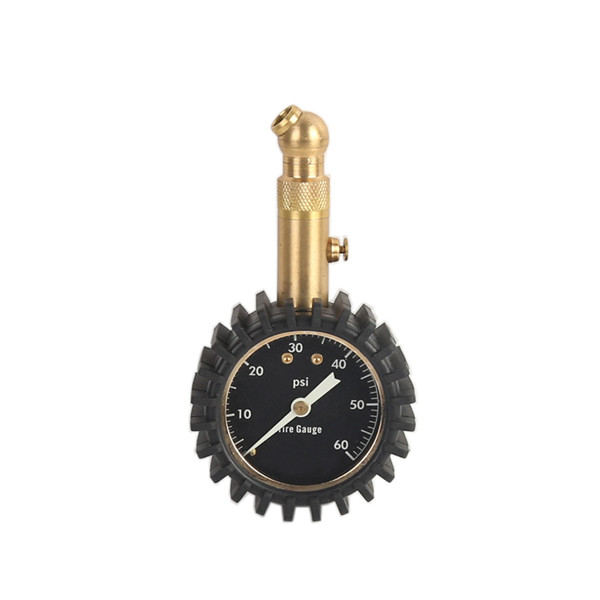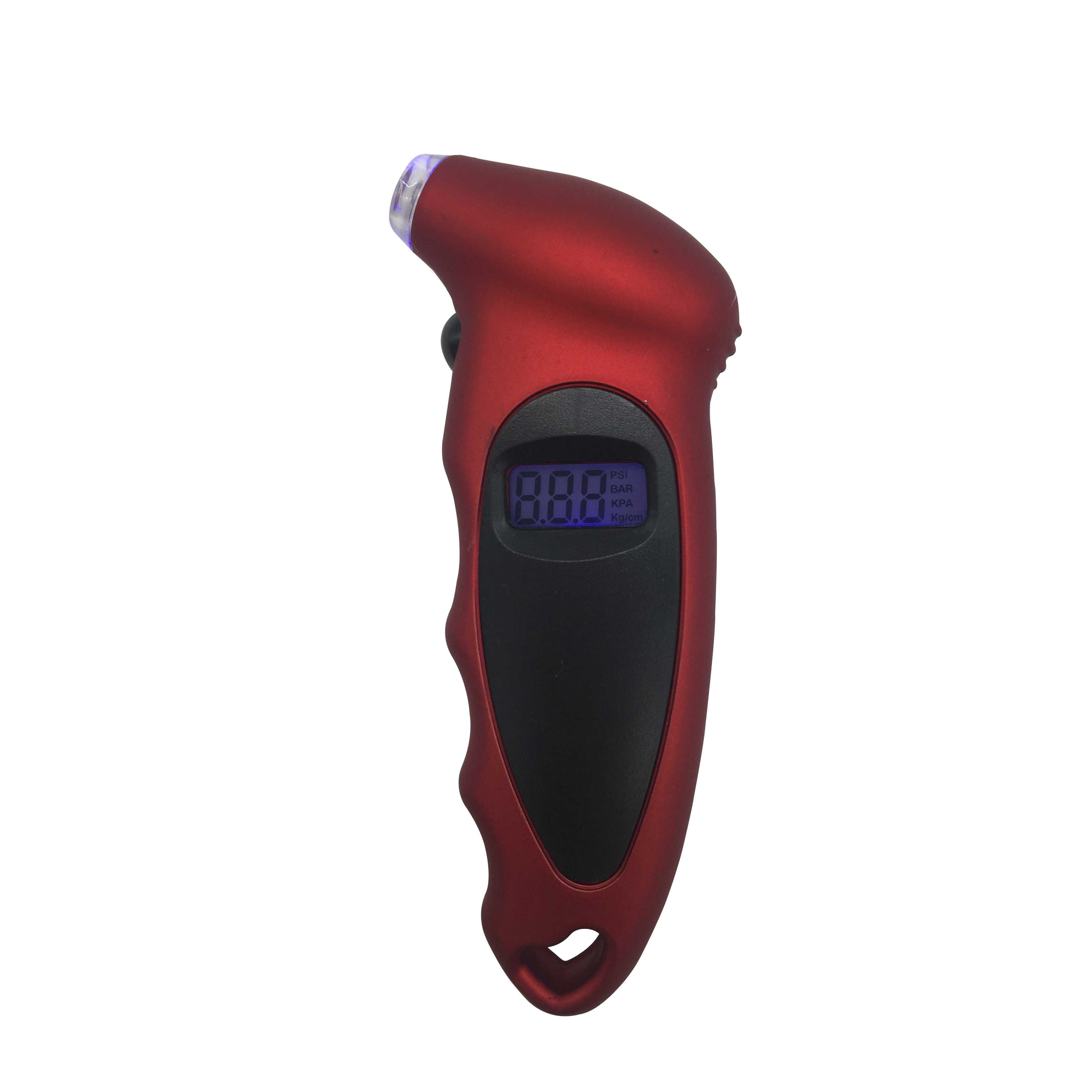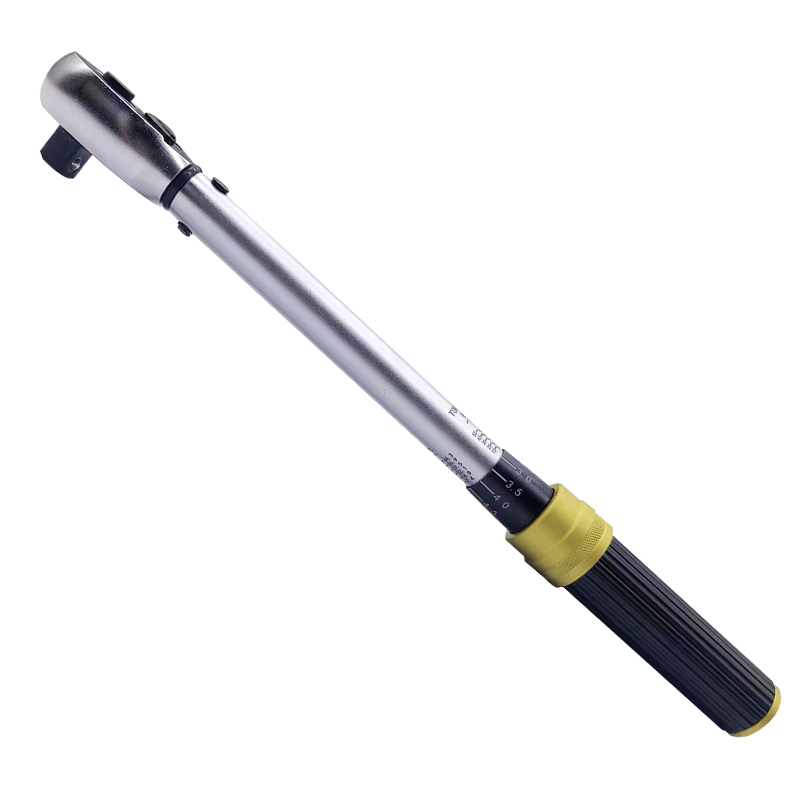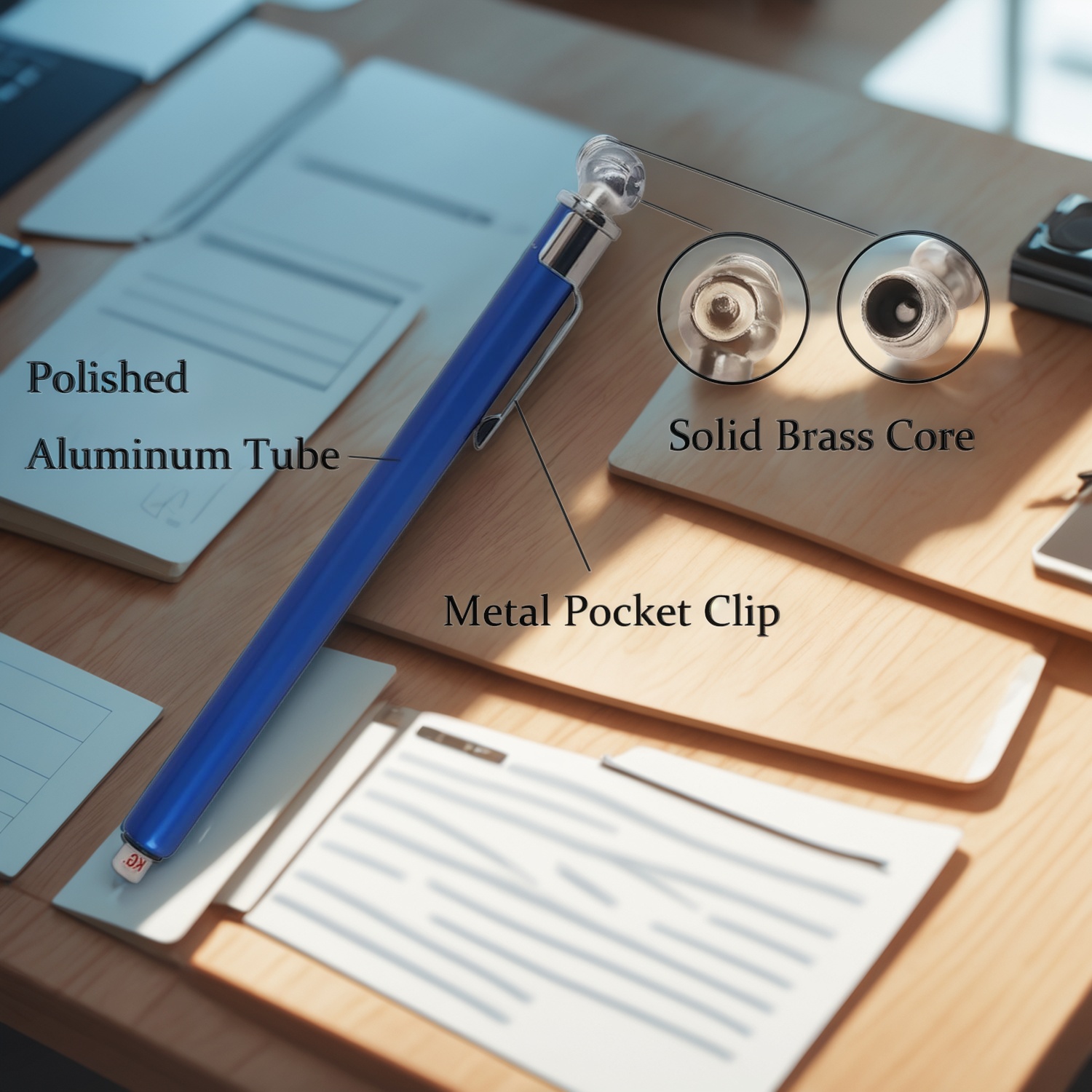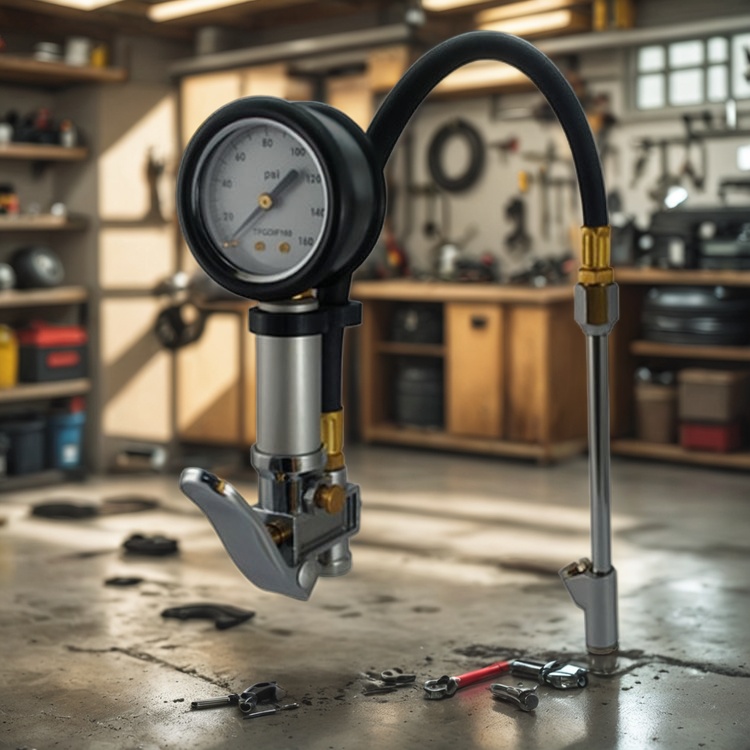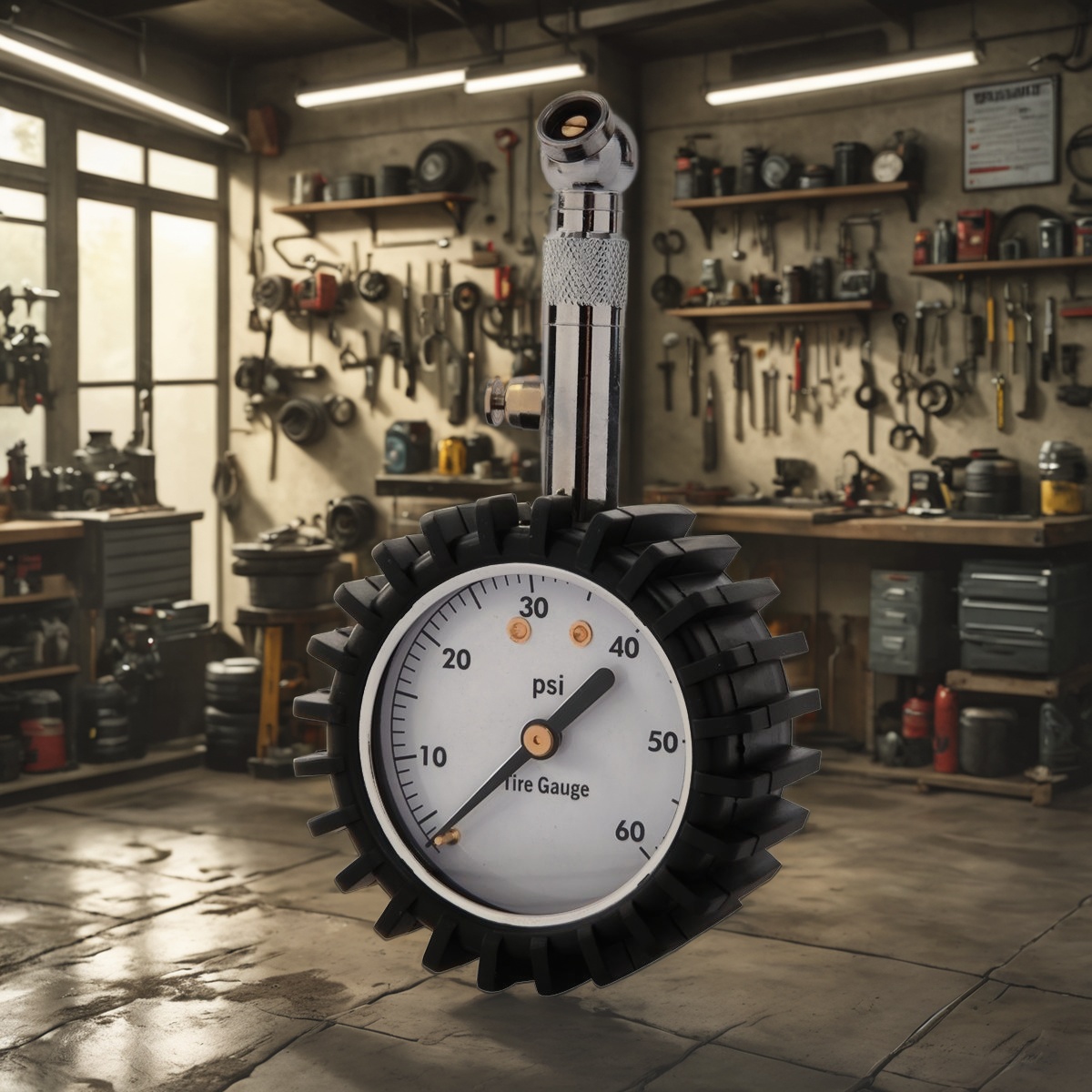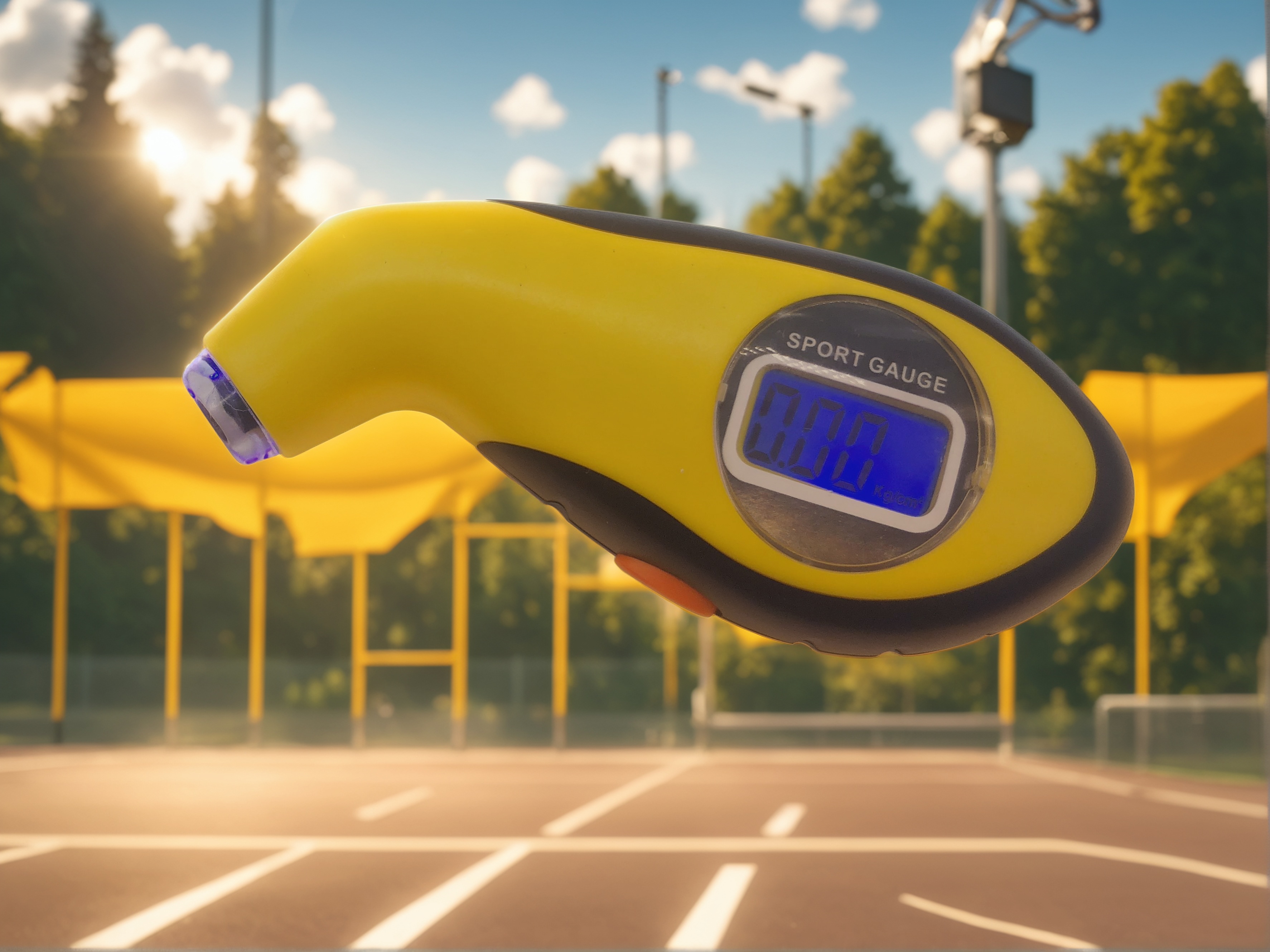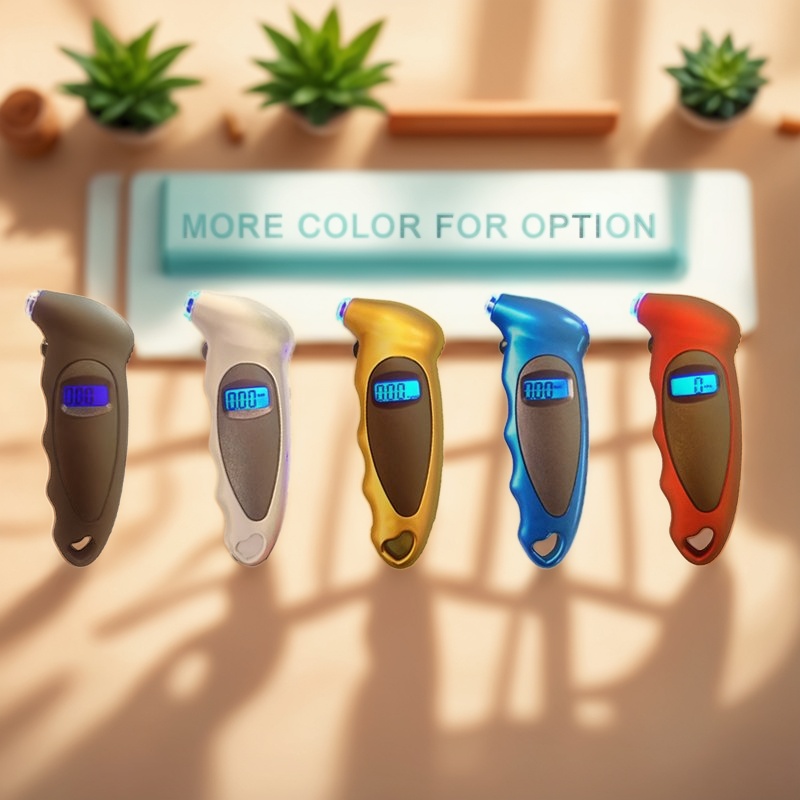Different Car Suspension Systems: Differences, Pros, and Cons
A car’s suspension system is the unsung hero of a smooth, safe ride. It connects the vehicle to its wheels, absorbing bumps, maintaining traction, and balancing comfort with handling. But not all suspensions are created equal—each design prioritizes different traits, from plush comfort to sharp cornering. Let’s break down the most common types, their differences, and which one might suit your driving style.
1. MacPherson Strut Suspension
The MacPherson strut is the workhorse of modern cars, found in everything from economy hatchbacks to family SUVs. It combines a coil spring, a shock absorber (strut), and a control arm into a single, compact unit, mounted directly to the car’s chassis.
How It Works:
The strut acts as both a shock absorber and a structural support, while the lower control arm keeps the wheel aligned. This simplicity makes it lightweight and easy to install.
Pros:
- Affordability: Cheap to manufacture and repair, keeping car prices low.
- Space-saving: Takes up less room in the engine bay, ideal for front-wheel-drive cars with tight packaging.
- Low maintenance: Fewer moving parts mean fewer things to break.
Cons:
- Limited handling: Stiffer setups can feel harsh over bumps, while softer ones may cause body roll in corners.
- Less adjustability: Hard to fine-tune for performance compared to more complex systems.
Best for: Daily commuters, city drivers, and anyone prioritizing cost and reliability over sporty handling.
2. Multi-Link Suspension
Multi-link systems are the gold standard for balance, used in luxury cars and performance vehicles. They use three to five control arms (links) per wheel, each managing a specific movement (up/down, side-to-side, or rotation).
How It Works:
The links work together to isolate wheel movement from the chassis. For example, one link controls vertical motion over bumps, while another limits sideways shift during cornering.
Pros:
- Superior comfort: Can absorb rough roads without sacrificing stability.
- Excellent handling: Minimizes body roll and keeps tires planted during sharp turns.
- Customizable: Engineers can tweak each link to prioritize comfort or performance.
Cons:
- Cost: More parts mean higher manufacturing and repair costs.
- Weight: Heavier than MacPherson struts, which can slightly hurt fuel efficiency.
Best for: Luxury car owners, drivers who want both comfort and agility, and those who frequently drive on mixed road conditions.
3. Double-Wishbone Suspension
A favorite in sports cars and racing vehicles, the double-wishbone (or A-arm) suspension uses two A-shaped control arms (upper and lower) to anchor the wheel to the chassis.
How It Works:
The arms pivot independently, allowing the wheel to move up and down while keeping it aligned with the road. This design ensures consistent tire contact, even during hard cornering.
Pros:
- Precise handling: Maintains optimal tire angles, maximizing grip and reducing understeer.
- Durability: Robust construction handles high speeds and aggressive driving.
- Smooth ride: Absorbs impacts well, even in performance-tuned setups.
Cons:
- Size and weight: Bulky design requires more space, making it rare in small cars.
- Cost: Expensive to produce, limiting its use to premium or performance models.
Best for: Sports car enthusiasts, track drivers, and anyone who prioritizes sharp handling over cost.
4. Solid Axle Suspension
Solid axle systems are old-school but still used in trucks, off-road vehicles, and some heavy-duty cars. They connect both wheels to a single, rigid axle (like a bar), which moves as a unit over bumps.
How It Works:
The axle itself supports the car’s weight, with leaf springs or coil springs absorbing shocks. When one wheel hits a bump, the other wheel is affected—a trait called “axle tramp.”
Pros:
- Strength: Can handle heavy loads and rough terrain without bending.
- Off-road capability: High ground clearance and rugged design make it ideal for 4x4s.
- Low cost: Simple structure is cheap to repair, especially in remote areas.
Cons:
- Poor on-road comfort: Transmits more vibrations to the cabin, feeling jarring on smooth roads.
- Handling limitations: Axle tramp can cause instability during sudden turns or braking.
Best for: Truck owners, off-road adventurers, and those who need a suspension built for heavy use.
5. Air Suspension
Air suspension replaces coil or leaf springs with airbags (inflatable bladders) that adjust pressure to adapt to road conditions. It’s common in luxury cars, large SUVs, and high-end trucks.
How It Works:
Sensors monitor load, speed, and road bumps, then a compressor inflates or deflates the airbags to adjust ride height and stiffness. Many systems let drivers choose modes (e.g., “Comfort” or “Sport”).
Pros:
- Customizable comfort: Soften for highway cruises, stiffen for corners, or raise for rough roads.
- Load adaptation: Maintains a level ride even when carrying heavy cargo or towing.
- Luxury feel: Glides over bumps more smoothly than traditional springs.
Cons:
- Complexity: Air compressors and sensors are prone to failure, with repairs costing thousands.
- Weight and cost: Adds weight and increases the car’s price tag significantly.
Best for: Luxury car owners, those who tow or haul frequently, and drivers who want a “magic carpet” ride.
How to Choose the Right Suspension
- Daily commuting: MacPherson strut (cost-effective) or multi-link (balanced comfort).
- Sporty driving: Double-wishbone or multi-link (precision handling).
- Off-roading/trucking: Solid axle (durability) or air suspension (adjustable height).
- Luxury cruising: Air suspension or multi-link (smoothness and customization).
Remember, suspension works with other components like tires and steering, so test-driving is key. A car with a “sporty” suspension might feel harsh on potholed streets, while a “soft” setup could lack confidence on winding roads.
No matter your choice, the right suspension turns every drive into a better experience—whether you’re navigating city grids or carving mountain roads.

